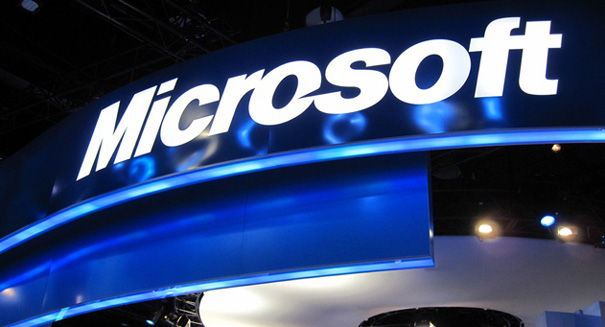
How is Windows 8 being received?
Microsoft is making a move to recruit up-and-coming application developers to their cause, touting a “re-blended” version of their new operating system, Windows 8, as a primary incentive. The update, Windows 8.1, will be available shortly.
Late last year, Microsoft surprised the world with the release of Windows 8. When the new operating system hit the market, it had only been four years since the Seattle-based software giant had unleashed its predecessor, Windows 7, upon the world. That time lapse may not seem particularly brief, but considering the long reign of Windows’ first post-millennial operating system–the 2001-released Windows XP–the release of Windows 8 offered indication that Microsoft was making a play to evolve and adapt at a more reasonable clip. (Note: Windows XP was succeeded by Vista, arguably Microsoft’s buggiest and most oft-derided operating system, hence the quick turnover into Windows 7.)
Microsoft’s newfound devotion to evolution is essential in today’s technology world, where innovation rules the day and computer systems can become more or less obsolete in a matter of months. With the release of Windows 8, Microsoft vowed to make innovation a more significant part of their company bottom line, and with the previews the company showcased on Wednesday concerning the Windows 8.1 update, they are playing true to their word.
Where last year’s introduction of Windows 8 represented a major departure from the way Microsoft had designed their flagship software in the past, the 8.1 update is built on the foundation of feedback the company has received from users and developers since the operating system went public. In other words, the original version of Windows 8 was the result of Microsoft engineers and developers throwing every idea they had at the canvas to see what would stick; 8.1 is the re-direct, where six-plus months of use have proven which of those ideas do and do not work and where outspoken users have provided a list of necessary changes.
“We pushed boldly in Windows 8 and got lots of feedback,” said Steven Ballmer, Microsoft’s CEO from the company’s BUILD developers conference in San Francisco on Wednesday.
During his speech, Ballmer referred to Windows 8 as a “blend”–ostensibly a combination ofthe classic Windows desktop experience and the more “modern” experience derived from Windows-powered smartphones. Windows 8 broke with company tradition, ridding the operating system of its storied “Start button,” and replacing the recognizable desktop panel with a series of “app tiles.” In many ways, the Windows 8 display and functionality are more reminiscent of a smartphone interface than of a traditional computer set-up.
Ballmer said that many users responded to the initial Windows 8 launch with plentiful feedback, and that many comments came from users asking Microsoft to “refine the blend” of classic windows and modern windows. The result, a “blended” update in the form of Windows 8.1, will restore the famous Start button and add or revamp numerous other features, but will not shrink from the innovations of Windows 8 or go backward to the interface of earlier operating systems.
Part of the appeal for Microsoft with the new app-driven “tile” lay-out of Windows 8 is that it is an interface as well-suited for touch-screen devices as it is for desktop computers. And while Windows is not currently known as a leading player in either tablets or smartphones, Ballmer assured audiences at the BUILD conference that the company will be vamping up its presence in the tablet market over the next few months. As for phones, the Windows-powered Nokia Lumia is currently building in popularity, and Microsoft could be looking to take a bite out of Android’s market share in the near future.
Just as Microsoft has sought feedback from users and app developers in its continued mission to improve and develop Windows 8, the move toward a higher number of touch screen devices has also given Windows reason to recruit new talents. Ballmer indicated that the Windows app store would top 100,000 apps in the next month, and Microsoft only wants to keep that number climbing.
Microsoft’s end goal is to integrate all products, from touch-based tablets to desktop computers, under the umbrella of a single uniform operating system, but for now at least, it appears the company’s first priority is still personal computers. Microsoft was built on the innovation of Windows as a PC operating system, and the company’s core user-base is still derived from that foundation. Ballmer knows this, so while he is making a point not to ignore the growing smartphone and tablet markets, he is also making a vow to keep his PC users satisfied. The two best ways to do that are to seek user feedback and offer frequent updates and alterations, and from the sound of Ballmer’s speech at BUILD, Microsoft is doing both of those things.
Interested in previewing Windows 8.1? Check it out here.

Leave a Reply